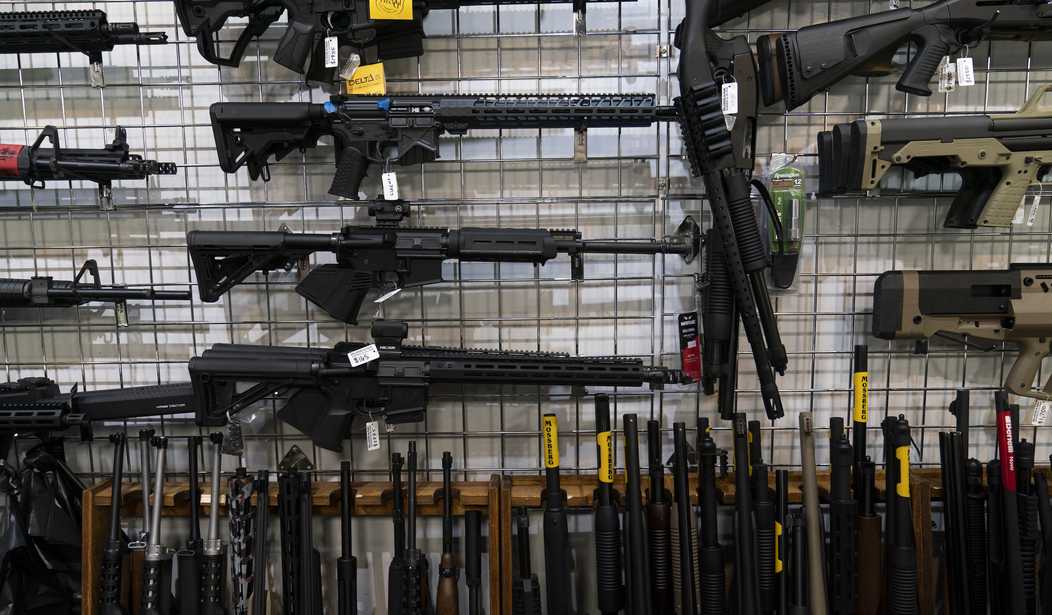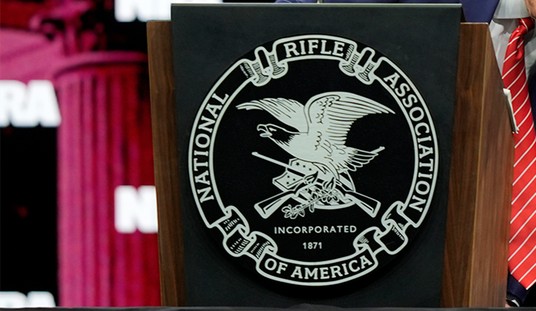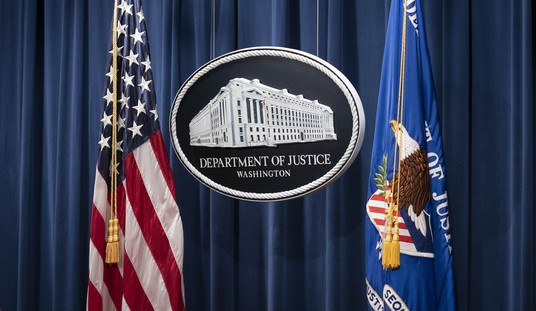It never fails. Someone talking about the Second Amendment will trot out the old comment, “In the time of the Founding Fathers, all anyone had was a musket.”
There are a ton of ways to dispute this, including the fact that rifles existed, but the truth is that they were familiar with repeating firearms.
In fact, there were quite a lot of them. Not only that, but the Founding Fathers were smart men. They knew advancements would happen.
During the 19th century, firearms improved more than in any other century. As of 1800, most firearms were single-shot muzzleloading blackpowder flintlocks. By end of the century, semiautomatic pistols using detachable magazines with modern gunpowder and metallic cartridges were available. Would the Founders be surprised by the improvements in ability to exercise Second Amendment rights? Perhaps not, given the tremendous advances in firearms that had taken place before 1791. And certainly not, given that James Madison, author of the Second Amendment, initiated a federal government industrial with the specific aim of vastly improving the quality and quantity of firearms manufacture.
…
While the Founders could not foresee all the specific advances that would take place in the nineteenth century, the Founders were well aware that firearms were getting better and better.
Tremendous improvements in firearms had always been part of the American experience. The first European settlers in America had mainly owned matchlocks. When the trigger is pressed, a smoldering hemp cord is lowered to the firing pan; the powder in the pan then ignites the main gunpowder charge in the barrel.
The first firearm more reliable than the matchlock was the wheel lock, invented by Leonardo da Vinci. In a wheel lock, the powder in the firing pan is ignited when a serrated wheel strikes a piece of iron pyrite. The wheel lock was the first firearm that could be kept loaded and ready for use in a sudden emergency. Although matchlock pistols had existed, the wheel lock made pistols far more practical and common. Paul Lockhart, Firepower: How Weapons Shaped Warfare 80 (2021).
So the Founding Fathers had seen advancement in firearms technology and likely envisioned far more.
“But those advancements aren’t repeating firearms. Multi-shot guns were likely beyond what they envisioned,” someone might say, and based on this bit, it might look like they may have a point.
That’s the trouble of only looking at one little tidbit, because this same pieces goes on.
In 1777 in Philadelphia, inventor Joseph Belton demonstrated a firearm that could fire 16 shots all at once. The committee watching the demonstration included General Horatio Gates, General Benedict Arnold, and scientist David Rittenhouse. They wrote to the Continental Congress and urged the adoption of Belton guns for the Continental Army. Congress voted to order a hundred–while requesting that they be produced as 8-shot models, since gunpowder was scarce. However, the deal fell through because Congress could not afford the high price that Belton demanded. Repeating arms were expensive, because their small internal components require especially complex and precise fitting.
Hence, the Founders who served in the Second Continental Congress were well aware that a 16-shot gun had been produced, and was possible to produce in quantity, for a high price. Delegates to the 1777 Continental Congress included future Supreme Court Chief Justice Samuel Chase, John Adams, Samuel Adams, Francis Dana, Elbridge Gerry, John Hancock, the two Charles Carrolls from Maryland, John Witherspoon (President of Princeton, the great American college for free thought), Benjamin Harrison (father and grandfather of two Presidents), Francis Lightfoot Lee, and Richard Henry Lee .
The author, David Kopel, goes on to mention things like the Girardoni rifle, an air rifle that could carry as many as 22 rounds and hit with more than enough energy to kill a man.
The truth of the matter is that repeating guns were a thing, and while we might not classify all of them as firearms today–the Girardoni, for example–all were more than enough to suggest that repeating firearms were somewhere over the horizon in gun technology.
Why does this matter?
Because so long as people try to equate the Second Amendment with the technology of the day, or even just the category of guns available in that time, we would be remiss not to delve into a discussion of what guns existed in that day and age. After all, “the Founding Fathers only had muskets” only holds up if you don’t know what kind of weapons they actually had.
Of course, none of this touches on the fact that they also had artillery in private hands back in the day. That’s another topic, one someone needs to tell President Joe Biden or whoever is talking in his ear on the rare occasions he speaks to the press.
Repeating firearms have been part of this nation’s history from the very beginning, so attempts to regulate or restrict them now are idiotic, especially in light of the Bruen decision.
After all, if the Founding Fathers knew of such guns and made no move to restrict repeating firearms, it would seem that repeating firearms cannot be banned under the text and history test.







Join the conversation as a VIP Member